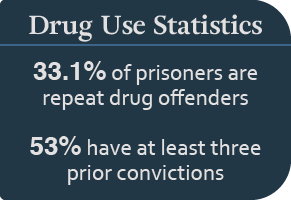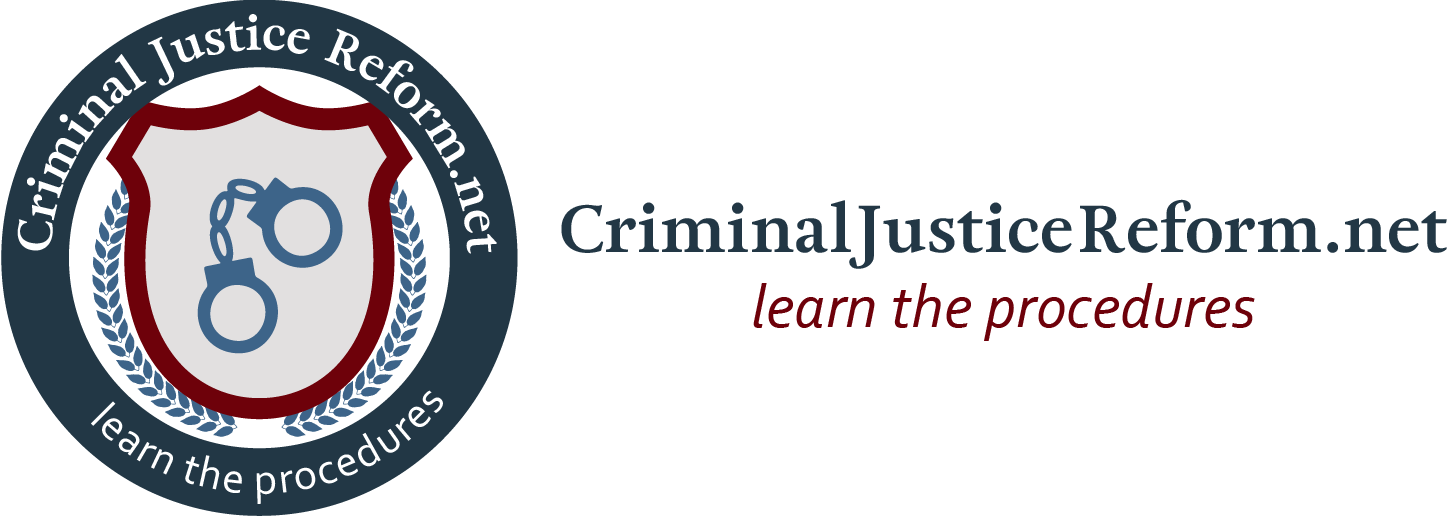Crime and Drug Use
Over the past two decades, the number of individuals entangled in the criminal justice system has increased at a dramatic rate. In 2009 alone, nearly five million people were either on probation or parole for their crimes—almost double the number from just 25 years earlier. Another two million people were incarcerated in prisons and jails across the country.
The national dialogue surrounding criminal justice reform has centered mostly on mandatory minimum sentences for non-violent offenses—namely, low-level drug trafficking charges—which many people feel are directly related to the inflation of the U.S. prison population.
Drug use statistics among convicted persons
An overwhelming number of current inmates are “repeat offenders” who have violated the terms of their parole or conditional release—many times by testing positive for one or more illegal drug. In 2009, these repeat offenders made up 33.1% of all prison admissions nationwide.
Another study found that 53% of all state prisoners with known drug-abuse problems had at least three prior convictions, while only 32% of other inmates had equivalent criminal histories. State prisoners who were drug-abusing or dependent also were much more likely than non-drug dependent inmates to have been on probation or parole at the time of their arrest.
Some proponents of criminal justice reform cite these statistics as evidence that the rate of recidivism, especially among individuals with drug abuse or dependency problems, will continue to rise under current mandatory minimum sentencing practices.

